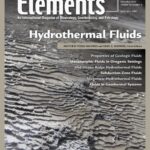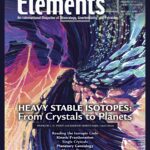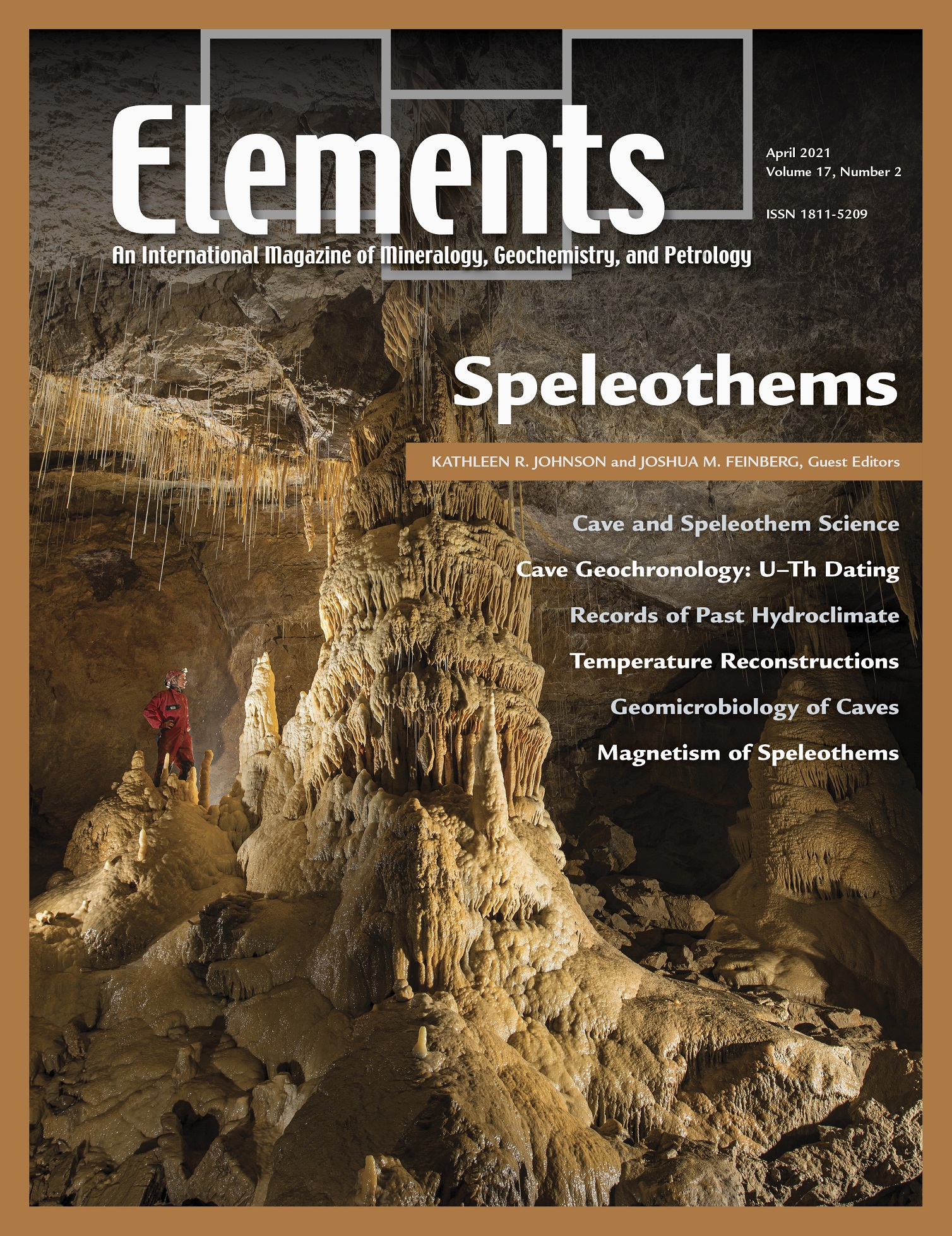
Hydrothermal Fluids, December 2020, Vol. 16, No. 6
June 28, 2024
Heavy Stable Isotopes: From Crystals To Planets, December 2021, Vol. 17, No. 6
June 28, 2024Speleothems, April 2021, Vol. 17, No. 2
$20.00
Growing slowly drip by drip through the millennia, stalagmites, stalactites, and flowstone—collectively known as speleothems—are some of the most fantastic mineral features in nature. Speleothems are also critical archives of past environments, and their study incorporates expertise from groundwater hydrogeology and geochemistry, atmospheric chemistry, climate science, geobiology, and even geophysics.
Speleothems
April 2021, Vol. 17, No. 2
Growing slowly drip by drip through the millennia, stalagmites, stalactites, and flowstone—collectively known as speleothems—are some of the most fantastic mineral features in nature. Speleothems are also critical archives of past environments, and their study incorporates expertise from groundwater hydrogeology and geochemistry, atmospheric chemistry, climate science, geobiology, and even geophysics. Research on speleothem trace element and isotopic geochemistry, constituent organic compounds, noncarbonate minerals, and morphology can help illuminate paleoenvironmental conditions and document historical anthropogenic land-use changes. This issue of Elements introduces the many ways that speleothems are used within the geoscience community to learn about natural Earth processes and our role in modifying them.
Why You’ll Love Elements Magazine:
- Expert Contributors: Articles written by renowned researchers in the field of geoscience.
- Engaging Content: Join a community of readers who are passionate about Elements.
- Exceptional Quality: Each issue is printed on high-quality paper with stunning visuals and detailed illustrations that bring complex scientific concepts to life.
Order your copy of the April 2021 issue of Elements magazine today and explore speleothems.
Related products
-
Supervolcanoes, February 2008, Vol. 4, No. 1
$20.00Explosive super-eruptions from large volume, shallow magma systems lead to enormous and devastating pyroclastic flows, the formation of gigantic collapse calderas, and deposition of volcanic ash over continent-sized areas. Recognition that future eruptions from these “supervolcanoes” will undoubtedly have severe impacts on society—and perhaps on life itself—has led to recent public and media interest.
-
Phosphates And Global Sustainability, April 2008, Vol. 4, No. 2
$20.00Phosphorus is a unique element: it is essential to the existence of all living forms, and as such controls biological productivity in many terrestrial and marine environments; but when in excess, it leads to uncontrollable biological growth and water-quality problems. This has become a common environmental issue, resulting from our careless use of phosphorus in agriculture, yet phosphate ore deposits, from which fertilizers are produced, are a finite natural resource.
-
On The Cutting Edge: Teaching Mineralogy, Petrology, And Geochemistry, April 2007, Vol. 3, No. 2
$20.00New advances in research on learning have important implications for teaching mineralogy, petrology, and geochemistry. Effective instructional practices are increasingly student centered, address diverse student learning styles, and employ a variety of active-learning strategies.




